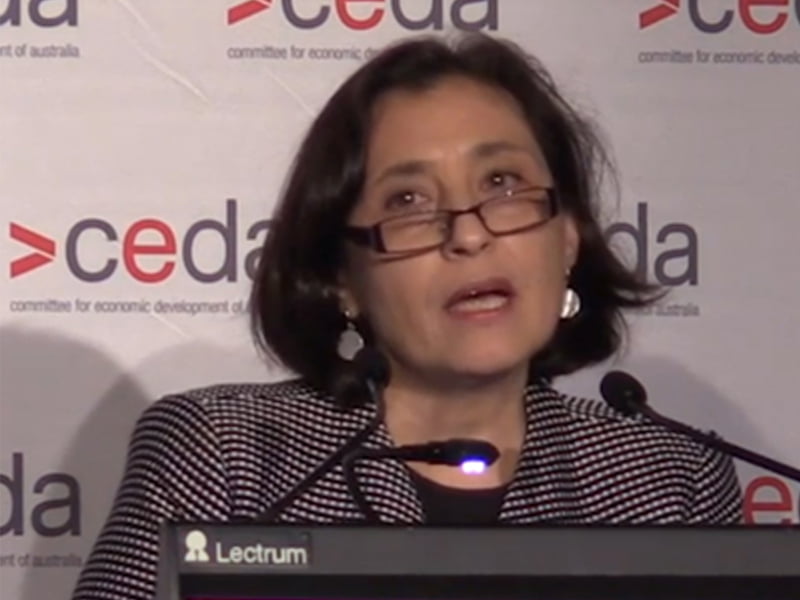Smart cities initiatives in Melbourne mark a shift from top-down governance to citizen-centric policy-making, according to Liberal Senator for Victoria Jane Hume.
Speaking at InnovationAus.com’s Intelligent Communities event in Melbourne last week, Senator Hume said the City of Melbourne is pioneering practical new technologies to maintain the city’s liveability reputation.
“Melbourne is addressing an innovative model of policy generation and ensuring this great city will continue to be the vibrant, successful metropolis that it is, not just for now but for decades and generations to come,” Senator Hume said at the event.

“The Smart Cities initiative is a great example of a citizen-central policy-making approach and represents a shift from centralised, top-down bureaucratic-driven management. Using smart technology to enhance collaborative citizenry, Australia can and will ensure that our cities will usher in a new era of economic and cultural prosperity.”
The City of Melbourne established the Smart City Office in 2015 and has since implemented a number of Internet of Things-based initiatives to improve the delivery of government services, Ms Hume said.
“The goal was to enhance aspects of our city, to enhance the aspects that make it uniquely Melbourne and to future-proof the city by intelligently preparing for changes to the community, environment and economy,” she said.
The programs include a number of small technologies that most Melburnians may not be aware of, including a 24-hour pedestrian counting system in the CBD, shown through an interactive map that’s open to the public.
“Counting pedestrian movements in the city allows for a better understanding of how people use spaces around the city and how we might better use the space in the future,” Ms Hume said.
A City Lab has also been opened at Melbourne Town Hall, providing a “dedicated space to develop and test new ideas” and trial these directly with the people that will be impacted by them.
“It makes a real difference to our people and to the city,” Senator Hume said.
The City of Melbourne has also been running a series of hackathons based around the smart cities concept.
Ms Hume said Melbourne is pioneering the use technology and the Internet of Things in waste collections.
“Waste collection is a hugely important issue and sometimes a very daunting policy challenge. The City of Melbourne realised it has to innovate in order to just ensure the streets remain clear and clean of litter, and smart bins became the solution. This is trailblazing technology in Australia – no-one has installed these things,” she said.
These smart bins, which have been placed at 17 sites around the CBD, have a capacity eight times larger than a normal bin, and have sensors that notify waste contractors when they are 80 per cent full.
“They dramatically increase the efficiency of collection routes and reduce the number of garbage trucks on the roads,” Senator Hume said.
Collecting public data like this is the crucial first step in creating a smart city, she said.
“No city can grow efficiently without appropriate information and data collection. The plan for the future needs to be across a broad spectrum,” Senator Hume said.
The City of Melbourne’s Open Data platform now has nearly 100 unique data sets for anyone to use, including the pedestrian counting system.
This smarter cities push isn’t restricted to the state’s capital either, with Victorian Minister for Suburban Development Lily D’Ambrosio also speaking at the event about the government’s push for digital transformation in the suburbs.
The suburban development portfolio is aiming to “ensure that all of metropolitan Melbourne is able to enjoy the benefits of economic prosperity”, Ms D’Ambrosio said.
“The government is mindful of the role new technologies will play in shaping urban life and creating economic opportunity,” she said.
“We’re focusing on everyone sharing in the benefits of economic growth, and focusing our efforts on better aligning portfolios within government and coordinating across all levels of government to co-design and create a prosperous liveable city.”
The Victorian government will release a statement in May outlining the newly-created portfolio’s overarching objectives.
Do you know more? Contact James Riley via Email.

